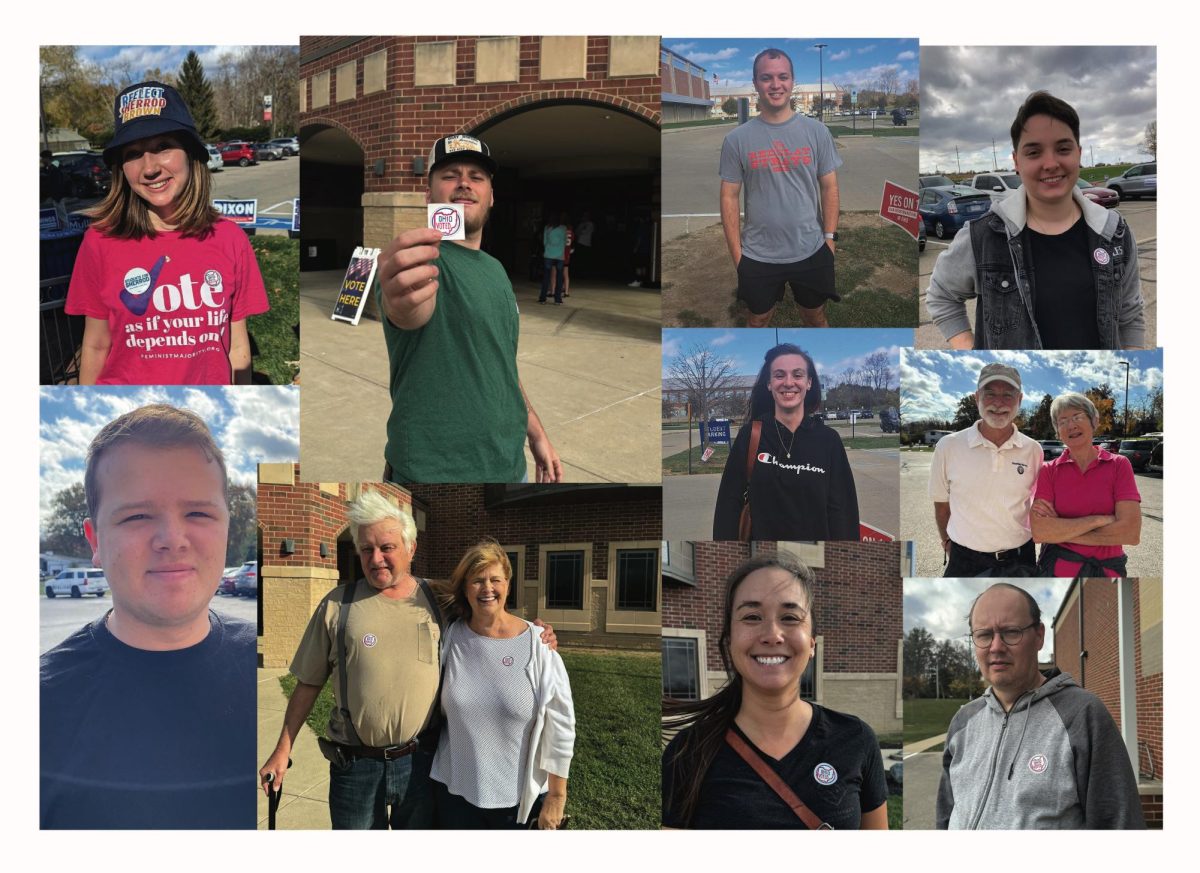Walking down the hallway at Talawanda Middle School last spring, a sixth-grade boy was slapped on the back of the head and called stupid.
“I’m not stupid,” he said as he walked away.
The other boy responded by hitting him on the back of the head, which caused him to trip and fall.
The bully said, “Never again,” and was then chased off by the boy’s friends. These friends encouraged the boy being bullied to go to the principal’s office, where they learned the incident had been caught on video.
This wasn’t the first instance of bullying this boy has experienced. Kids on his bus call him names such as the n-word, gay and “a dumb Mexican.”
The boy’s mother spoke to the assistant principal about the incident and was told the bully was suspended for a week and would be required to go to counseling. She later filed a complaint with the Oxford Civil Rights Commission (CRC).
While the complaint is likely be discussed at the commission’s Oct. 11 meeting, City Attorney Stephen McHugh said it is outside the scope of the CRC’s control. The CRC’s mission, he said, is to address fair housing, unlawful employment practices and unlawful public accommodation practices.
Bullying is a common problem in schools all over the state. The Ohio Department of Education has laid out guidelines to make sure schools deal with bullying in a consistent manner.
Dawna Meehan, director of the center for school-based mental health programs at Miami University, works to address non-academic barriers to learning, including bullying. Meehan and her staff equip schools with tools, resources and information to prevent bullying and to deal with it when it does occur.
“I think understanding the definition [of bullying] is the first step,” Meehan said.
When school faculty and staff better comprehend what can be construed as bullying, they are more able to prevent it. Meehan defined bullying as containing three main components: Aggressive or hurtful behavior, an imbalance of power between the students involved and repeated incidents.
With younger students, bullying usually takes the form of physical violence like hitting or kicking, Meehan said. For teenagers, social media play a much larger role, and emotional attacks replace physical ones.
“As kids get older, it becomes more sophisticated and easier to hide, and it becomes more about the relationships and damaging of relationships and those sorts of things,” Meehan said.
According to Tom York, principal of Talawanda High School (THS), this is the case in Oxford. While THS doesn’t receive many bullying reports, with only one all last year, most of the issues they do encounter occur on social media. This poses a difficult situation for York and other school administrators, who have to decide where to draw the line and when they can step in and act on what students post online outside of school hours.
“If it brings the conflict into the building, into the walls or on the bus, we deal with it,” York said.
THS makes an effort to promote inclusion and to make the school a safe space for all students.
Anyone who glances up at the ceiling when entering the school sees the word “pride.” The school created two anti-bullying days called Pride Days, which they hold each school year to recognize differences and discuss empathy.
“We continually emphasize the idea of relationships before tasks,” York said.
Ultimately, school officials need to be aware of the problem and educated on how to deal with situations when they arise, Meehan said. Bullying can lead to distress for students and distract them from learning during the school day. Meehan addressed three ways or “layers” to dealing with bullying.
“I think the three big layers would be an awareness-raising in education layer, certainly giving strategies—sort of a proactive approach of what could be different and how that could look—and then a more formal introducing of a bullying prevention program that has consequences and procedures in place for when incidents actually occur,” Meehan said.









